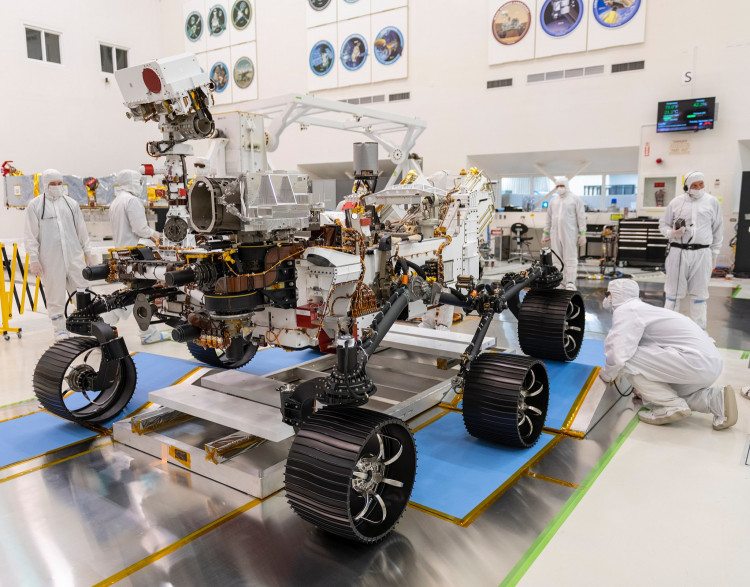NASA is set to launch the Marsh 2020 Perseverance mission in less than a month. Carrying with it scientific tools, advanced computational skills for landing, and other new systems, Perseverance is the most sophisticated, heaviest, and largest rover the space agency has ever sent to Mars.
So what exactly is Perseverance's mission on the Red Planet? Here are the rover's mission highlights.
Perseverance is loaded with tech that will prep human missions to the Moon and Mars
The Mars Science Laboratory Entry, Descent, and Landing Instrumentation 2 (MEDLI2) sensor suite, which collects important data from Mars, and the Terrain-Relative Navigation system that assists the rover in avoiding potential hazards during landing, will help human missions in the future land more safely.
The Perseverance rover is also equipped with features that will help astronauts once they reach the surface of another planet, such as the Mars Environmental Dynamics Analyzer (MEDA), an instrument that will provide information about dust, climate, and weather conditions, and an improved self-driving tech, which allows the rover to travel efficiently. Additionally, there's also the Mars Oxygen In-Situ Resource Utilization Experiment (MOXIE), a piece of technology that could potentially produce oxygen from the Red Planet's carbon dioxide atmosphere.
Perseverance will land in a region with potential signs of past life
The rover's official landing site will be the Jezero Crater, found on the western edge of a giant basin called Isidis Planitia. Experts have a reason to believe that this now basin was once a river some 3 billion to 4 billion years ago.
"The science team has had many discussions internally and externally about where the next Mars rover should go," said Ken Farley, the mission's project scientist. "We ultimately chose Jezero Crater because it is such a promising location for finding organic molecules and other potential signs of microbial life."
Millions of people signed up to ride with the mission
That's right -- Perseverance carries three silicon chips containing the names of nearly 11 million people who signed up to ride along. If you haven't signed up, don't worry. The rover and other parts of the Mars 2020 spacecraft have 23 cameras all in all, which is more than any interplanetary mission in history. This means all of us will be able to view both raw and processed images of Mars.
Watch the mission briefings and other Mars 2020 programming on NASA TV, culminating with the launch on July 30. See the schedule for Perseverance programming.




